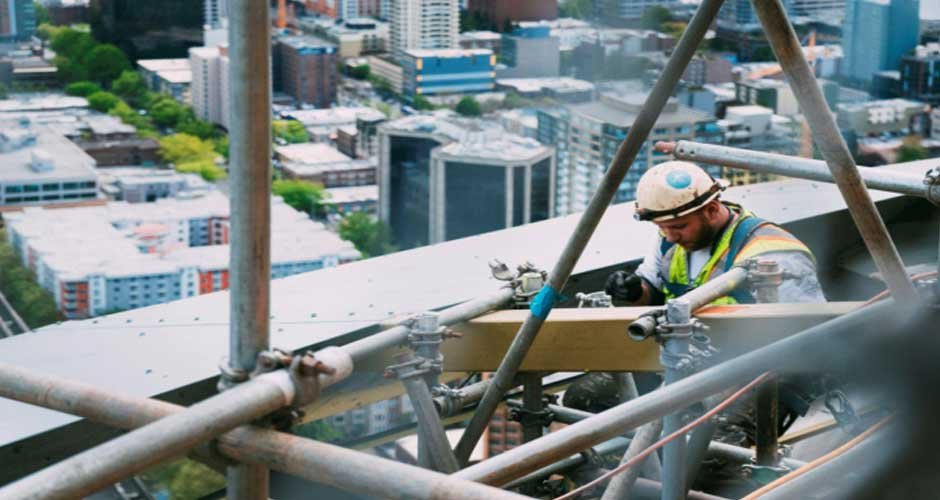Choosing the right equipment is critical for the success and efficiency of any business operation. The appropriate equipment can significantly enhance productivity, streamline processes, and ensure safety in the workplace. Whether you are running a small business or a large enterprise, investing in the right tools and machinery is essential to meet operational needs and maintain a competitive edge. The diverse needs across various industries make it vital for business owners to make well-informed decisions when selecting equipment.
In Australia, the business sector encompasses a wide range of industries, each with its specific equipment requirements. From mining and manufacturing to logistics, aviation, infrastructure, and construction, every industry depends on specialised equipment to function efficiently. The right equipment not only supports the core activities of these industries but also ensures compliance with safety standards and regulations. This article provides a comprehensive guide on choosing the right equipment for your business, highlighting key considerations and best practices.
Assessing Your Business Needs
Before purchasing any equipment, it is crucial to thoroughly assess your business needs. Understanding what your business specifically requires will help you make informed decisions that align with your operational goals. Start by evaluating the scale of your operations and the industry standards relevant to your field. Consider the specific tasks the equipment will be used for and how it will integrate with your existing processes. This initial assessment will provide a clear picture of the type and capacity of equipment needed.
Involving staff members in this assessment process can provide valuable insights. Employees who will be using the equipment daily can offer practical feedback on what features and functionalities are most beneficial. Their input can help identify potential issues and preferences that might not be immediately obvious to management.
Once you have a clear understanding of your business needs, the next step is to research and compare the available equipment options. This involves looking at different models and specifications to find the best fit for your requirements.
Ensuring Safety and Compliance
Selecting equipment that meets all safety standards and regulatory requirements is essential to protect your employees and avoid legal issues. In Australia, compliance with national safety regulations is critical for business operations, especially in industries like construction, manufacturing, and logistics, where the risk of accidents is higher.
For instance, choosing a reputable supplier like SafeSmart Access can ensure that you obtain equipment designed for safety and compliance. They provide several products, including aluminium scaffolds, access ramps and walkways, work platforms, ladders, stairs, etc., that meet stringent safety standards. Investing in such high-quality equipment not only enhances workplace safety but also improves operational efficiency.
Evaluating Quality and Durability
Investing in high-quality and durable equipment is essential for the long-term success of your business. Quality equipment may have a higher upfront cost, but it often proves to be more cost-effective over time due to its longevity and reliability. Durable equipment reduces the frequency of breakdowns and the need for repairs, which can disrupt operations and incur additional costs. When evaluating equipment, consider the materials used, the reputation of the manufacturer, and any warranties or guarantees provided.
Low-quality equipment, on the other hand, can lead to frequent malfunctions and may need to be replaced sooner, resulting in higher long-term expenses. Additionally, subpar equipment can compromise the safety of your employees and the efficiency of your operations. By prioritising quality and durability, you ensure that your investment supports your business’s productivity and safety goals. It is beneficial to seek feedback from other businesses and consult industry experts to identify equipment that has a proven track record of performance and durability.
Considering Technological Advancements
Incorporating technologically advanced equipment can significantly enhance your business operations. Modern equipment often comes with features that improve efficiency, accuracy, and ease of use. Automation, for example, can streamline repetitive tasks, reduce human error, and free up staff to focus on more strategic activities. Digital integration allows for better data management and real-time monitoring, which can lead to more informed decision-making and improved operational oversight.
Staying up-to-date with technological advancements ensures that your business remains competitive. Advanced equipment can provide a significant advantage by increasing productivity and reducing operational costs. For instance, businesses that invest in the latest machinery and tools often experience faster production times and higher quality outputs. When selecting equipment, consider how the latest technology can be leveraged to improve your processes and overall business performance. It is also helpful to attend industry trade show exhibits and follow technological trends to stay informed about innovations that could benefit your business.
Budgeting and Financial Planning
Setting a realistic budget for equipment purchases is a crucial step in the decision-making process. It is important to balance the need for high-quality, durable equipment with the financial constraints of your business. Begin by evaluating your financial situation and determining how much you can allocate to new equipment without compromising other aspects of your operations. Consider various financing options, such as leasing, loans, and payment plans, which can help manage the costs and make large purchases more feasible.
When budgeting, it is essential to consider the total cost of ownership, which includes not only the purchase price but also ongoing costs such as maintenance, repairs, and potential upgrades. This comprehensive approach ensures that you are fully aware of the long-term financial implications of your investment. Proper financial planning helps prevent unexpected expenses and ensures that your business remains financially stable while acquiring the necessary equipment to operate effectively. Consulting with financial advisors and conducting a thorough cost-benefit analysis can provide valuable insights and support sound budgeting decisions.
Conclusion
Choosing the right equipment for your business is a multi-faceted process that requires careful consideration and strategic planning. By assessing your business needs, researching and comparing options, ensuring safety and compliance, evaluating quality and durability, considering technological advancements, and implementing effective budgeting and financial planning, you can make informed decisions that enhance your operations. Investing in the right equipment not only improves productivity and efficiency but also ensures the safety and long-term success of your business. Prioritising these factors will help your business thrive in a competitive market and adapt to future challenges and opportunities.












